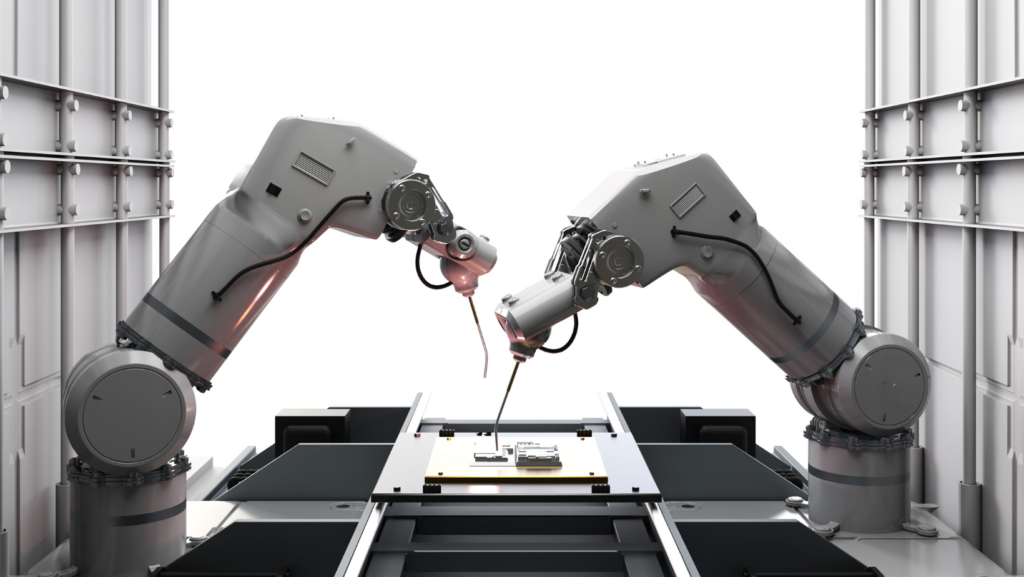In today’s fast-paced digital landscape, businesses are constantly seeking ways to streamline operations and enhance efficiency. IT operations automation emerges as a game-changer, promising to revolutionize how organizations manage their IT infrastructure. By automating repetitive tasks and processes, companies can significantly reduce human error, minimize downtime, and optimize resource allocation.
As technology continues to evolve, the demand for seamless IT operations grows. Automation not only simplifies complex workflows but also empowers IT teams to focus on strategic initiatives rather than getting bogged down by routine maintenance. This shift allows businesses to respond more swiftly to market changes, ensuring they stay competitive and agile.
The integration of automation in IT operations isn’t just a trend; it’s a necessity for modern enterprises aiming to thrive in an increasingly digital world. Understanding its potential and implementation can unlock new levels of productivity and innovation, paving the way for future success.
IT Operations Automation

IT operations automation involves using technology to execute routine tasks without human intervention. This process typically includes scripting, software tools, and artificial intelligence to handle tasks like monitoring systems, managing configurations, and deploying applications. The automation framework aims to improve efficiency by standardizing procedures and eliminating manual errors.
Increased efficiency is a significant advantage. Automated processes perform repetitive tasks faster and more accurately than humans. By implementing automation, companies can see reductions in operational costs. According to McKinsey, businesses can cut costs by up to 40% through automation.
Scalability represents another key benefit. With the growth of digital environments, scaling operations without increasing resources becomes crucial. Automation supports this by handling larger workloads effortlessly, ensuring consistency across processes.
Comprehensive monitoring forms a core component of automation. Tools continually check system health and performance, alerting teams about potential issues before they become critical. This proactive approach minimizes downtime and allows IT staff to resolve problems swiftly.
IT operations automation also enhances strategic focus. Automation frees IT teams from mundane tasks, allowing them to allocate time to developing innovative solutions and improving service delivery. This shift aligns with the goal of driving business growth and agility in a competitive market.
Key Benefits of IT Operations Automation

IT operations automation revolutionizes enterprise management by streamlining processes and enhancing productivity. It offers significant advantages that boost efficiency and accuracy across various tasks.
Automation optimizes resource allocation by streamlining routine operations. It performs tasks faster and reduces errors, leading to lower operational costs, reportedly by up to 40%.
For example, script-driven automation handles software updates across thousands of devices in minutes, reducing labor-intensive hours.
Enhanced Reliability and Accuracy
System reliability increases with automated, consistent task execution. Automation eliminates manual errors, ensuring precision in repetitive jobs. Reliable data backups, for instance, are automated to occur at specified intervals without fail, safeguarding crucial information.
Improved Compliance and Security
Automated processes strengthen compliance protocols by ensuring policies are consistently applied and enforced. Automation tools log every action performed, aiding audits and compliance checks. Additionally, security improves as automated systems can swiftly implement updates and patches across the network, reducing vulnerabilities.
Popular IT Operations Automation Tools

Numerous tools facilitate IT operations automation, each offering unique features to streamline processes. This section examines three leading automation tools: Ansible, Puppet, and Chef.
Ansible
Ansible simplifies IT automation with its agentless architecture, allowing easy deployment and configuration management. Users appreciate its YAML-based playbooks, which are straightforward and human-readable. Ansible excels in automating cloud provisioning, software configuration, and application deployment.
Puppet
Puppet offers robust infrastructure management through code, using its declarative language called Puppet DSL. It simplifies complex tasks by managing multiple system configurations from a centralized platform. Puppet’s modules and extensive ecosystem aid in automating repetitive tasks and ensuring system consistency.
Chef
Chef focuses on infrastructure as code, using Ruby-based scripts to automate IT processes. It empowers teams to define infrastructure policies that simplify cloud management and system configuration. Chef Automate provides visualization and compliance features, enhancing the overall automation framework and supporting continuous delivery.



